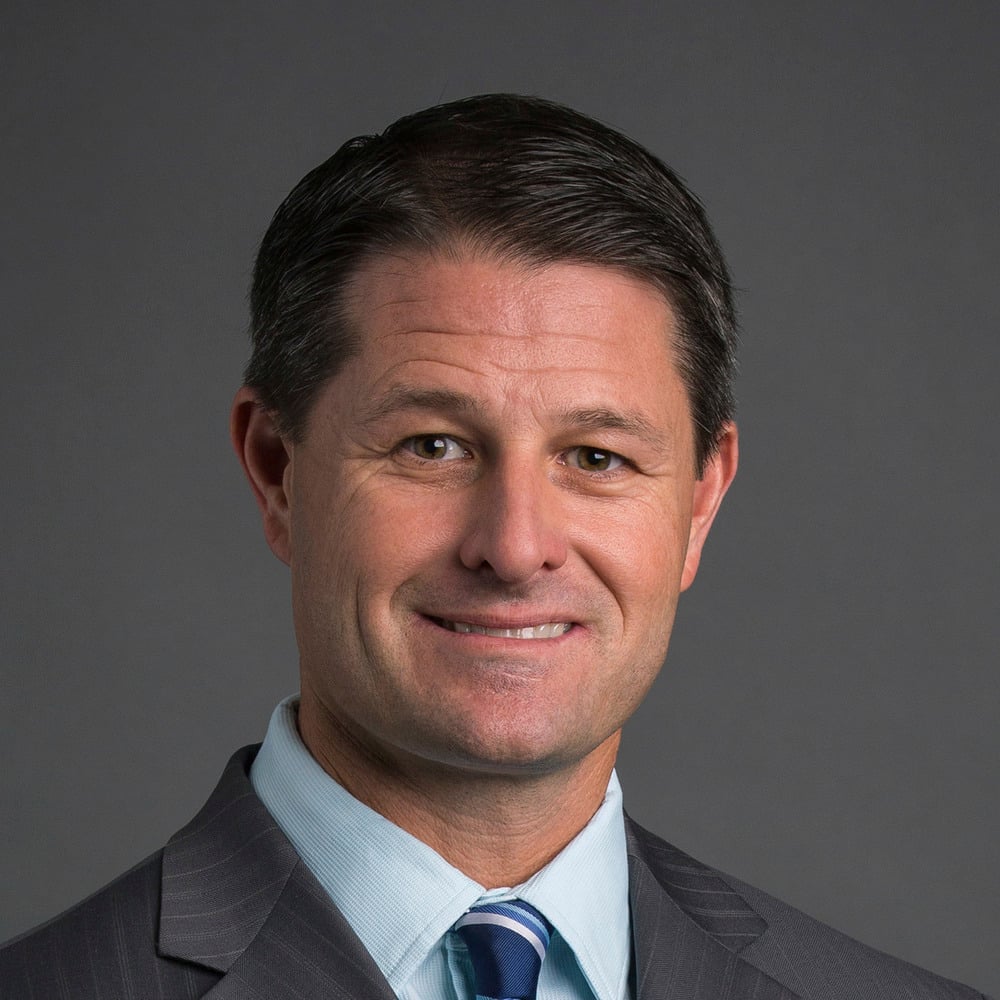California lawmakers and federal regulators have been taking important steps to get planning for commercial-scale floating wind underway. In 2021, California legislators passed Assembly Bill 525, requiring the California Energy Commission to develop a framework for statewide planning and interagency coordination. It also calls for a permitting road map that clearly defines agency interfaces, responsibilities, timing and sequencing, and coordination of reviews under the California Environmental Quality Act and the National Environmental Policy Act.
In February 2022, the California Public Utilities Commission adopted a “preferred system portfolio” that included OSW resources in its integrated resource planning process. Three months later, the California Independent System Operator (CAISO) published its first 20-Year Transmission Outlook to inform transmission planning, focused on meeting California's 100% clean electricity and carbon neutrality goals. The outlook identified a need for significant transmission development to access the OSW energy called for in state resource plans. In December 2022, the federal Bureau of Ocean Energy Management (BOEM) hosted the first auction of federal leases for commercial-scale floating wind projects on the Outer Continental Shelf in the waters of California’s Morro Bay and Humboldt Bay. Five companies ultimately secured acreage:
- California North Floating LLC
- Central California Offshore Wind LLC
- Equinor Wind US LLC
- Invenergy California Offshore LLC
- RWE Offshore Wind Holdings LLC
California will now need to create a clear road map for permitting OSW projects, a strategy to develop ports that can deploy and service OSW, a plan to site, permit and construct transmission, and a procurement policy for the power produced by floating OSW wind.
For OSW on the East Coast, meanwhile, the BOEM plans to hold a commercial lease sale for floating OSW in the Gulf of Maine in 2024. BOEM first published a request for interest for the Gulf of Maine in the Federal Register in August 2022. The following April, the Bureau announced a Call for Information and Nominations, inviting public comment on and developer interest in possible commercial development.
The identification of wind energy areas, a proposed sale notice and a final sale notice all need to be completed before the lease sale can occur. In other words, the next year will be a busy one for OSW in Maine. After two years of extensive public engagement, the state has also released the Maine Offshore Wind Roadmap, which outlines the key actions needed to achieve five major objectives:
- Pursue OSW supply chain infrastructure and workforce investments to support economic growth and resiliency.
- Harness abundant renewable energy to reduce long-term costs and reliance on fossil fuels, as well as to fight climate change.
- Advance Maine-based innovation to compete in the emerging national and global OSW industry.
- Support Maine’s vital and thriving seafood industries and coastal communities.
- Protect the Gulf of Maine’s environment, wildlife and fisheries ecosystem.
Before pursuing commercial-scale development, the state of Maine submitted a research lease application for the development of a small-scale, noncommercial floating wind array. The research array would allow regionally specific research on the coexistence of floating wind projects; Maine’s heritage industries, including fisheries; and the marine environment. Study topics could include mooring systems’ impact on the behavior of various fish species and gear selection’s potential impact on fisheries. In January 2023, BOEM found no competitive interest in the research lease.
As specific floating OSW projects come into sharper focus, their permits will address the key differences between fixed and floating technologies and project requirements. Though each project will require empirical considerations based on its location, local environmental conditions and technologies selected for use, plausible effects estimated from analogous activities can be buttressed with results from around the world from demonstration and research floating wind projects and oil and gas facilities that deploy some of the same technologies.


